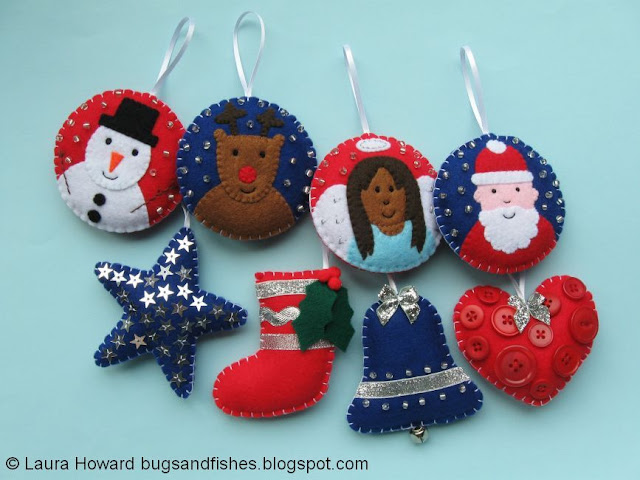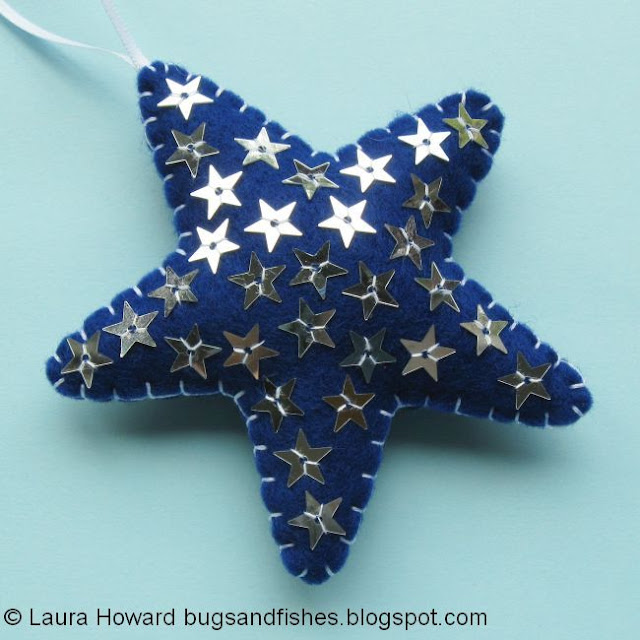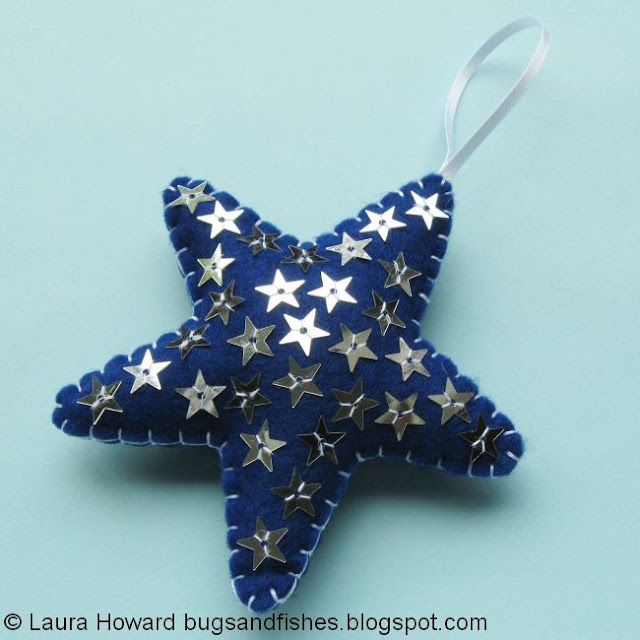If you follow me
on Instagram you'll have seen that I've been putting in lots of hours of work lately on
the Christmas quilt I'm sewing for my sister. This seems like a good time to review one of the quilting books that's been on my "to review" pile for a while!
A few years ago
I reviewed Quilt Love by Cassandra Ellis and
adored it. Her aesthetic isn't my usual taste (I'm a sucker for really bright, bold colours) but Cassandra writes so passionately about quilt making and the joy of making special, meaningful quilts full of character, memories, history and emotion. The book was also really rather beautiful! I pretty much fell in love with it and the whole idea of making a quilt.
So, I was delighted when her publishers (Jacqui Small, who publish
so many gorgeous titles) sent me a copy of the follow up -
A World of Quilts - to review. Unfortunately they sent it at a time that I was feeling a little overwhelmed by work and it (and a few other titles) has sat on a shelf ever since. Hopefully this review will be worth the wait...
Like
Quilt Love,
A World of Quilts is a beautiful hardback. This time round the designs are inspired by quilting traditions around the world, with 25 contemporary quilt designs included in the book. The designs are inspired by styles such as Postage Stamp, Rail Fence, Kantha, Wild Goose Chase, Amish Sawtooth, Wholecloth, Utility, String, Welsh Bars, Log Cabin, Pojagi, Irish Chain and many more.
Then there's a "Quilt Masterclass" section, which covers everything from designing your quilt and choosing fabrics to binding the quilt and caring for the finished quilt. I found this section very useful when I came to start the actual quilting part of my Christmas quilt recently, it's filled with lots of helpful tips.
You can, of course, get a quilting how-to from lots of different books - so what makes this book special? For me, it's Cassandra's whole approach to quilting.
She writes in the book's introduction that she realised quilts were
"the absolute summation of homes, families, communities and individuals. They were practical and very, very personal, which meant they became completely precious to the individual and family. Quilts represented both the maker's creativity and their family's history. As well as a means to provide warmth, quilts could be the ultimate storytellers."
Her writing is so encouraging and inspiring!
"Find a story and a quilt that moves you. Do not fret over your stitching skills or be anxious about your choice of fabric. Most of all, don't give a moment's thought to whether you feel you are creative. Just make."
She encourages you to work with fabrics that have real meaning to you, including recycling old shirts and dresses, and using luxurious fabrics like silk and velvet to create something really special. I'm so used to seeing quilts made with purpose-designed quilting cottons it makes a nice change seeing something like, for example, a quilt made from vintage saris.
Even the Masterclass section is inspiring. The advice isn't at all prescriptive, instead there's lots of emphasis on doing what works best for you and not worrying too much about small imperfections.
"The Japanese have a philosophy of kaizen, which means continuous
improvement while being happy with what you have created now - and I
love this idea. Just remember, it is the making that is important, not
the perfect triangle."
This is basically exactly what I needed to hear as I embarked on hand quilting my sister's quilt - it's being made with so much love, what does it matter if my stitching isn't quite straight and my stitches are a bit wonky?
Each of the 25 designs in the book is introduced with a page about the history of the traditional design or local quilting tradition which inspired it. Together these are like a mini history of quilt making, they're so interesting to read!
Then there's an in-situ photo of the quilt looking lovely and all the practical information needed to make the quilt. The projects are rated by difficulty: "easy", "a little more challenging" and "requires patience and concentration" so you can see which ones you feel up to tackling.
Each design is illustrated with a clear photo of the quilt laid out flat and (apart from the simplest designs in the book) also a diagram showing the arrangement of the pieces and the block sizes. Cassandra has also included a little "make it yours" section for each project, with suggestions for ways you could vary the design through your fabric choices, sizing, etc. Not much information is given about how she's chosen to actually quilt each design, though - the instructions focus mostly on making the quilt top then quilting and binding is covered in the Masterclass section.
All the designs in the book are inspired by traditional designs - these are Cassandra's interpretations of them, not a how to guide for sewing 25 different traditional quilts. For example, the English Paper Piecing quilt features just 66 pieced hexagons arranged in decorative rows across the quilt.
I love this idea of incorporating a time consuming, traditional technique in a contemporary quilt. The look is very fresh and - of course- the quilts will be much quicker to make!
All in all this is a really wonderful book and one I highly recommend if you're thinking about making a quilt, or even just curling up on the sofa reading about quilts and daydreaming about the one you'll make one day.
A World of Quilts: Designing and Making Contemporary Quilts Inspired by Traditional Patterns by Cassandra Ellis is published by Jacqui Small. RRP £25. It's available from Amazon UK, the Book Depository and many other bookshops.
It's also been republished in the US as
World of Quilts - 25 Modern Projects: Reinterpreting
Quilting Heritage from Around the Globe, a paperback published by C&T Publishing, available on
Amazon USA.
Please note: I was sent a free review copy of this book. The Amazon & Book Depository links in this post are affiliate links.




















































